The Ultimate Guide to Hiking Work Boots Durability and Comfort Combined. When it comes to combining out-of-door adventures with tough workdays, hiking work thrills are a must-have. Whether you are navigating rugged trails or tough construction spots, these thrills are designed to offer the perfect balance of continuity and comfort. In this companion, we’ll explore colorful aspects of hiking work thrills, helping you find the right brace for your requirements.
1. The Significance of Choosing the Right Hiking Work Boots
Why Comfort Matters for Long Hikes
Comfort is pivotal when opting for hiking work thrills because you’ll likely wear them for extended ages. Guide to Hiking Work Boots. Thrills that give bumper and support can help reduce fatigue, allowing you to concentrate on the task or trail ahead.
The part of continuity in Outdoor Work
Durability is a crucial factor as these thrills need to repel harsh conditions. High-quality accouterments like leather and corroborated rubber soles can extend the life of your thrills, making them a worthwhile investment.
2. Features to Look for in Hiking Work Boots
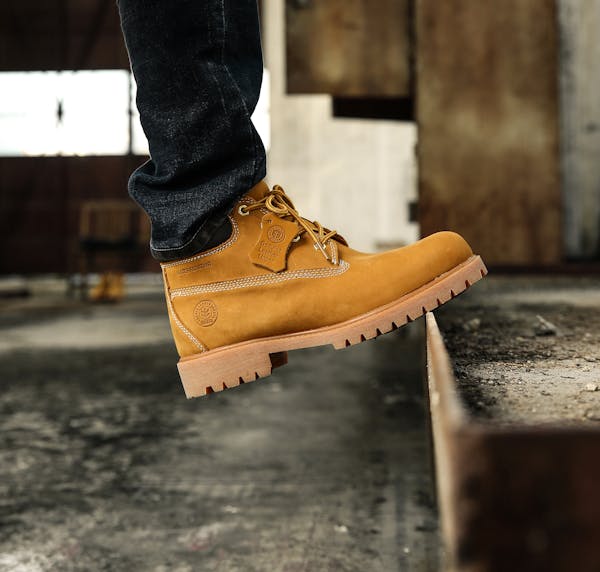
Essential Support and Stability Features
Look for thrills that offer ankle support and a sturdy sole. These features help keep you stable on uneven shells, reducing the threat of injuries during hiking or heavy-duty work.
Leakproof and Weather- Resistant rates
For out-of-door use, leakproof accouterments are essential to keep your bases dry in wet conditions. thrills with rainfall-resistant stuffings ensure comfort and protection in colorful rainfall scripts.
3. Hiking Work Boots for Different Terrains
Choosing the Right Sole for Rocky Paths
For rocky or uneven terrains, conclude for thrills with aggressive tread patterns. Guide to Hiking Work Boots. This enhances traction, making it easier to walk without slipping on rough shells.
Conforming to Soft and Muddy Trails
On soft or muddy ground, thrills with deep lugs can help slush from riming to the soles. This point not only improves traction but also reduces the trouble demanded by walking through similar conditions.
4. Accoutrements Used in Hiking Work Boots
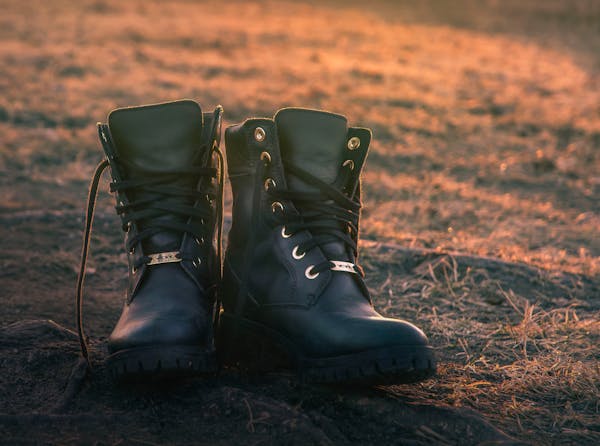
The Benefits of Leather in Hiking Work Boots
Leather is a popular choice for hiking work thrills due to its continuity and natural water resistance. It also molds to the shape of your bottom, furnishing a customized fit over time.
Synthetic Options for Lightweight Comfort
still, synthetic accoutrements can be a good volition, If you prefer a lighter charge. They tend to dry faster than leather, making them ideal for wet or sticky conditions while still offering ample support.
5. Hiking Work Boots for Hot and Cold Weather
Insulated Boots for Cold Climates
In cold rainfall, insulated hiking work thrills can keep your bases warm without adding too important bulk. Look for accouterments like Thinsulate to ensure thermal protection while maintaining breathability.
Permeable thrills for Hot Weather
For warmer climates, choose thrills with permeable uppers made from mesh or perforated leather. This helps to keep your bases cool and reduce sweat makeup during long hikes or work shifts.
6. Breaking In Your New Hiking Work Boots
Tips for a Smooth Break-In Period
Breaking in your hiking work thrills is pivotal to avoid pocks and discomfort. Start by wearing them for shortages around the house before taking them on a hike or to the job point.
How to Soften Stiff Accoutrements
Still, apply a leather conditioner or bend them gently to soften the material, If the thrills feel stiff. Guide to Hiking Work Boots. This helps make the thrills more comfortable without compromising their continuity.
7. Minding for Your Hiking Work Boots

Drawing your Boots after a Long Day
Proper cleaning extends the life of your thrills. Remove dirt and slush with an encounter and use a damp cloth for further stubborn smut. Always dry them completely to help with material damage.
How to Store Your Boots for Life
Store your hiking work thrills in a cool, dry place down from direct sun. This prevents accouterments from drying out or getting brittle, which can compromise their integrity.
8. The Right Fit for Hiking Work Boots
Why Correct Sizing Matters
Wearing the right size ensures your bases stay comfortable throughout the day. Boots that is too tight can beget pocks, while loose bones can lead to insecurity and discomfort.
Testing for the Stylish Fit
When trying on hiking work thrills, wear the same type of socks you plan to use. Walk around to make sure there’s enough room for your toes, but no inordinate movement inside the charge.
9. Hiking Work Boots for Women vs. Men
Differences in Fit and Design
While hiking work thrills for men and women frequently partake in the same features, they differ in fit. Women’s thrills generally have a narrower heel and lower ankle height to match their bottom structure.
Why It’s Important to Choose Gender-Specific Boots
Choosing a charge designed for your gender can ameliorate comfort and support. A better fit ensures the thrills work with your natural stride, reducing strain on your bases and legs.
10. Using Hiking Work Boots for Daily Workwear
Why Hiking Boots Are Ideal for Tough Jobs
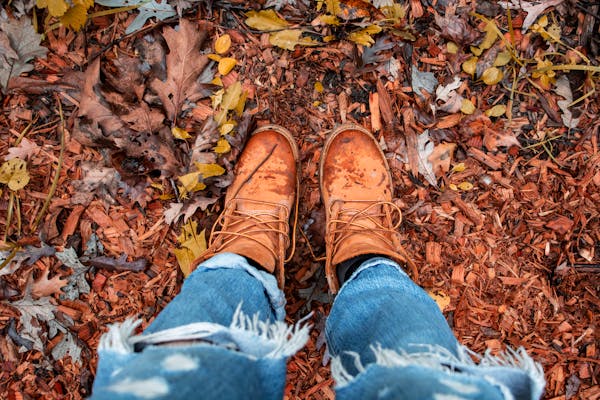
Hiking work thrills are protean enough to wear on a construction point or while performing heavy-duty tasks. They offer defensive features like sword toes and slip-resistant soles that standard shoes warrant.
Pairing Work Boots with Your Work Vesture
These thrills can fluently round the utmost work vesture, from weight pants to denim. Guide to Hiking Work Boots. Their rugged appearance and functional design fit right in with colorful work surroundings.
11. Exploring Safety Features in Hiking Work Boots
The Significance of Toe Protection
Toe protection, similar to a sword or compound toe caps, can help with injuries from heavy objects. This is essential for both hiking in rocky areas and working on construction spots.
Slip- Resistant Soles for Safety
Slip-resistant soles are another pivotal safety point. They help keep your footing secure on wet or unctuous shells, minimizing the threat of slips and falls.
12. Popular Brands of Hiking Work Boots
Trusted Names in Outdoor Footwear
Brands like Timberland, Keen, and Merrell are well-known for their quality hiking work thrills. They offer a range of options that feed different requirements, from leakproof models to heavy-duty styles.
Why Investing in a Quality Brand Matters
Investing in an estimable brand ensures your thrills will last longer and perform better. Quality brands frequently use advanced accouterments and technologies, furnishing further comfort and protection.
13. Hiking Work Boots for Plantar Fasciitis
Choosing Boots with Arch Support
still, look for hiking work thrills with good bow support and bumper, If you suffer from plantar fasciitis. This helps palliate bottom pain and prevents further strain during prolonged wear and tear.
Insoles for Added Comfort
Using technical insoles can give fresh support for your bases. Look for insoles designed to absorb shock and distribute pressure unevenly across your bases.
14. Budget-Friendly Hiking Work Boots
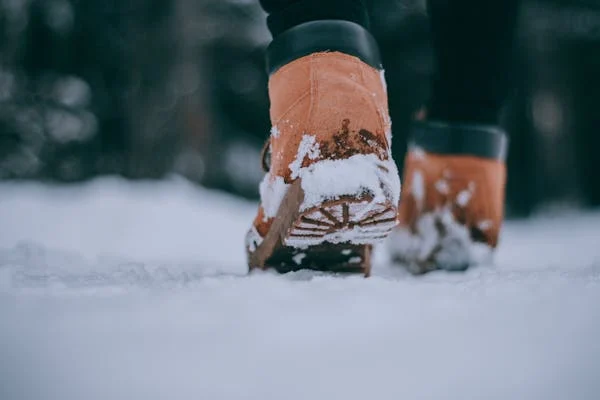
Affordable Options That Don’t Skimp on Quality
You don’t need to break the bank to get a good brace of hiking work thrills. Look for models that offer essential features like waterproofing and durable accouterments without the high price label.
When to Invest in a Premium Brace
While budget-friendly options work for occasional use, consider a decoration brace if you wear the thrills daily or under harsh conditions. The investment pays off in terms of comfort, continuity, and overall performance.
15. Hiking Work Boots for Wide bases
Chancing the Right Fit for Wider Bases
Those with wider bases should look for hiking work thrills that come in wide sizes. This ensures a comfortable fit without squeezing the sides of your bases, which can lead to pocks.
Customizing Fit with Lacing ways
Using specific lacing ways can also help ameliorate the fit for wide bases. This allows you to acclimate the miserliness around different areas of the charge for a more substantiated sense.
16. How to Avoid Common miscalculations When Buying Hiking Work Boots
Ignoring the Break-In Process
Skipping the break-in period is a common mistake. Take the time to wear your thrills around the house to help them conform to your bases before taking them on longer hikes or to work.
Choosing Style Over Function
It can be tempting to go for the most swish brace, but function should be a precedence. ensure the thrills meet your requirements for support, protection, and comfort before considering aesthetics.
17. Eco-Friendly Hiking Work Boots
Sustainable Accoutrements in Ultramodern Boots
Look for brands that use sustainable accouterments, similar to recycled rubber and eco-friendly leather. These options help reduce your environmental footmark while still furnishing quality footwear.
The Significance of Eco-Friendly Manufacturing Practices
Some companies concentrate on minimizing waste during products and reducing their carbon footmark. Supporting similar brands can make your purchase more sustainable in the long run.
18. Conclusion Chancing Your Perfect Brace of Hiking Work Boots
Balancing Comfort, continuity, and Cost
Chancing the right hiking work thrills involves balancing comfort, continuity, and budget. Whether you’re an out-of-door sucker or a hard worker, investing in quality thrills will pay off.
Your Coming Step in Choosing the Right Brace
Now that you know what to look for in hiking work thrills, it’s time to try some on and find your ideal brace. Flashback, your bases are your foundation – treat them well, and they’ll carry you further!
Key Features to Look for in Hiking Work Boots
- Ankle Support: Essential for stability on uneven terrain.
- Waterproof Materials: Keeps feet dry in wet conditions.
- Durable Soles: Made from rubber or other tough materials for longevity.
- Breathable Linings: Help keep feet cool and prevent excessive sweating.
Benefits of Hiking Work Boots
- Versatility: Suitable for both outdoor adventures and heavy-duty work tasks.
- Enhanced Safety: Features like steel toes and slip-resistant soles protect against injuries.
- Comfort for Long Wear: Cushioned insoles and supportive arches reduce foot fatigue.
- Durability: High-quality materials withstand harsh environments and prolonged use.
Common Mistakes to Avoid
- Skipping the Break-In Period: This can lead to discomfort and blisters.
- Focusing Solely on Style: Ensure the boots meet your functional needs first.
- Choosing the Wrong Size: A poor fit can cause foot pain and instability.
Types of Hiking Work Boots for Specific Needs
- For Cold Weather: Insulated boots to keep feet warm.
- For Hot Weather: Boots with breathable mesh uppers.
- For Wide Feet: Options that come in wider sizes for a better fit.
- Eco-Friendly Options: Made from sustainable materials like recycled rubber.
Caring for Your Hiking Work Boots
- Regular Cleaning: Brush off dirt and mud to extend the lifespan.
- Proper Storage: Store in a cool, dry place to avoid material deterioration.
- Conditioning Leather Boots: Helps maintain flexibility and water resistance
FAQs: Guide to Hiking Work Boots
Q: What are the key features to look for in hiking work boots?
A: When selecting hiking work boots, prioritize features such as waterproof materials, sturdy traction soles, ankle support, and breathability. A well-cushioned footbed and a durable construction are also essential for enhanced comfort and longevity on various terrains.
Q: How should hiking work boots fit?
A: Proper fit is crucial; boots should allow for a snug yet comfortable fit without pinching. Ensure there is adequate toe space—approximately a thumb’s width between your longest toe and the front of the boot—while maintaining firm heel placement to prevent slippage during hikes.
Q: Are hiking work boots suitable for all types of hiking?
A: While hiking work boots are versatile, they may not be ideal for every hiking scenario. They are designed for rugged terrains and labor-intensive activities, making them suitable for moderate to strenuous hikes. However, for more technical or specialized hiking, lightweight trail running shoes or mountaineering boots may be more appropriate.
Q: How do I care for my hiking work boots?
A: Proper maintenance involves regularly cleaning your boots with a damp cloth to remove dirt and debris, applying suitable waterproofing treatments, and ensuring they are stored in a cool, dry place. Regularly inspect the soles and stitching for wear and tear to prolong the life of the boots.
Q: Can hiking work boots be resolved?
A: Many high-quality hiking work boots can be resoled, extending their lifespan significantly. It is advisable to consult with a professional cobbler or the manufacturer for specific resoling options based on the boot’s construction.
Q: What is the difference between hiking boots and work boots?
A: While both types of boots provide support and protection, hiking boots are specifically designed for outdoor terrain, offering features like enhanced traction and lightweight construction. In contrast, work boots are tailored for occupational environments, often incorporating steel toes and additional safety features.
Conclusion
In conclusion, hiking work thrills are further than just footwear; they’re essential tools for both out-of-door conditioning and tough work surroundings. By considering factors like material, support, and fit, you can find a brace that meets your requirements and enhances your comfort and safety. Whether you’re hiking in the mountains or working on a construction point, these thrills have you covered.

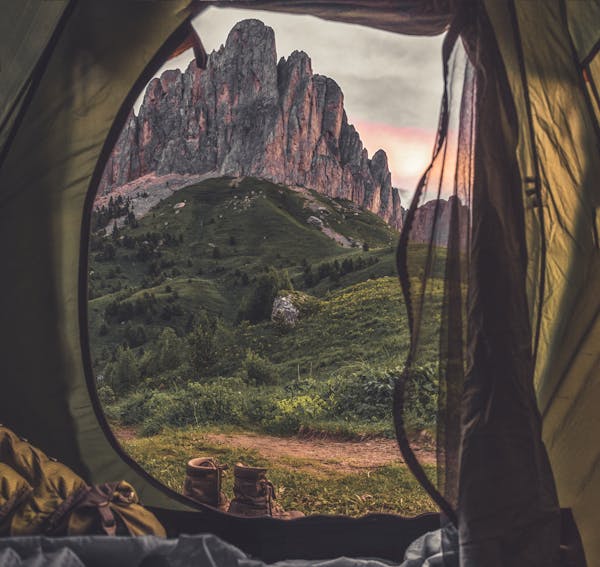
[…] name point of these thrills is their erected-in flip-eschewed harpoons. These harpoons are made from durable essence or […]